
A view of the photovoltaic power station and the wind farm settled in the national pilot area for wind and energy storage and transmission in Zhangbei county, Zhangjiakou, North China's Hebei province, on Sept 15, 2020. (Photo/Xinhua)
For the first time in decades of these Olympiads, all venues to run on clean energy
The Shougang Ski Jumping Platform, a venue of the Beijing Winter Olympics, is expected to use a great deal of electric power during the competitions next year.
Its carbon emissions, however, are designed to be zero-all of the electricity will come from clean and renewable energy.
It is set to be the first time that all venues in any Olympic Games will be wholly powered by green energy. The feat is made possible by a flexible, direct-current power grid transmitting electricity produced by the plentiful wind and solar power generation capacity in Zhangjiakou, the 2022 Games' co-host city, located 240 kilometers northwest of the Chinese capital.
To further facilitate the Green Olympics initiative, State-owned enterprises are preparing environmentally friendly fuel supplies and facilities, stepping up their efforts to support a low-carbon Winter Olympic Games.
State Grid Corporation of China, the county's largest power provider, vows to run all 2022 Winter Olympic venues on renewable energy, providing a model for large-scale events in the future.
The company's Zhangbei direct-current power grid project is designed to meet all power demands of the Winter Olympic venues using clean energy. After the Games, it will send 22.5 billion kilowatt-hours of electricity to Beijing each year, around one-tenth of the city's total power consumption. That will help save 7.8 million metric tons of standard coal and reduce carbon dioxide emissions by 2,040 tons each year, said Yang Zhidong, an official responsible for the Winter Games with the State Grid Beijing Electric Power Co.
"The flexible direct-current grid line, which will serve both cities of the upcoming Winter Olympics, will combine renewable energy inputs and storage capacity from pumped hydroelectric, so that the grid frequency and stability can be ensured," said Wei Hanyang, a power market analyst at research firm BloombergNEF. Pumped hydroelectric is produced with water stored for when it's needed.
"The green power trading mechanism, running since three years ago in Zhangjiakou, will also help lower the cost for the Olympics stadium and accommodate this part of clean energy in a wider zone of the grid network in northern areas of China," he said. The mechanism allows power consumers to buy electricity like wind and solar directly from generators in the open market.
State Grid Corporation of China said it is also promoting clean heating and green travel between the venues and along the transportation lines as well.
Areas surrounding the Beijing Winter Olympics have become fully coal free, with 64,000 households in 163 nearby villages converted from burning coal to using electricity for purposes including heating and cooking.
Xin Baoan, chairman of State Grid, said the corporation will speed up the development of an intelligent power supply network using the internet of things to support the Winter Olympics. IoT refers to devices with software or sensors allowing them to connect and exchange data.
To further help the Beijing Winter Olympic Games achieve full carbon neutrality, four venues have introduced a special ice-making technology using eco-friendly carbon dioxide refrigerants to further reduce energy consumption by the refrigeration system, saving more than 30 percent of the system's power consumption.
Olympic speed skating venues once used refrigerants that damaged the Earth's ozone layer for making ice, according to Gui Lin, an official with the Planning and Construction Department of the Beijing Organizing Committee for the 2022 Olympic and Paralympic Winter Games. But the 2022 Winter Games will use new refrigerants made of natural carbon dioxide, which help reduce carbon emissions to nearly zero.
The new technology can help improve refrigeration efficiency by 20 percent and save electricity use by 2 million kWh a year for the National Speed Skating Oval, he said.



















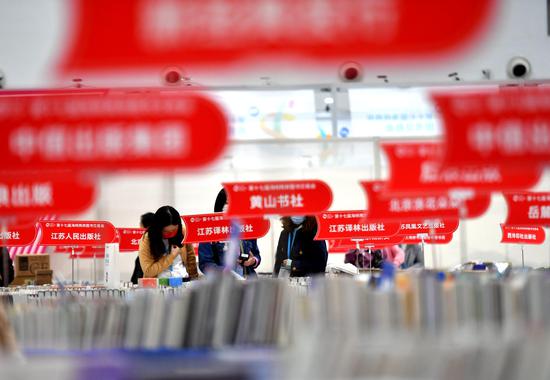






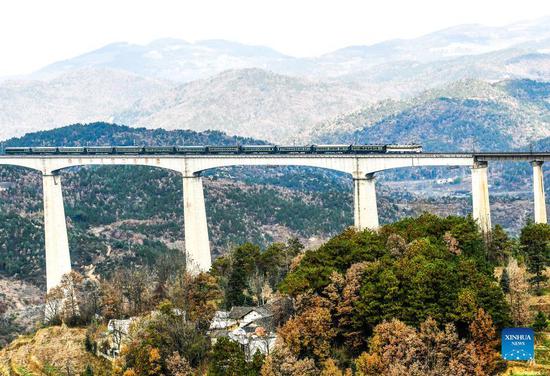





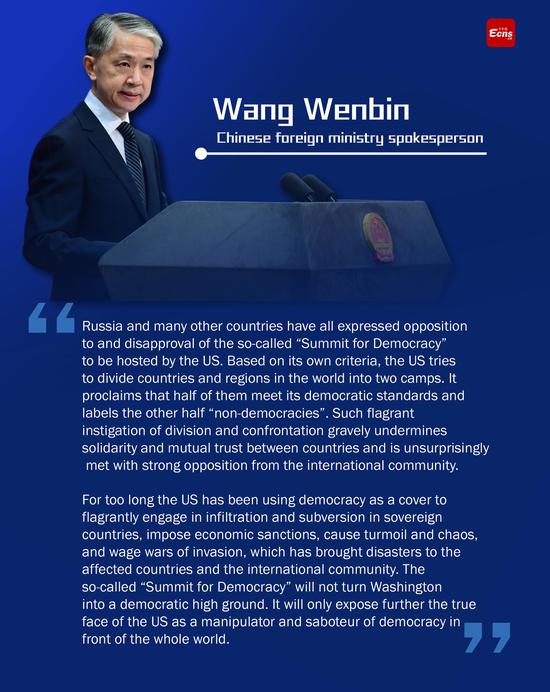

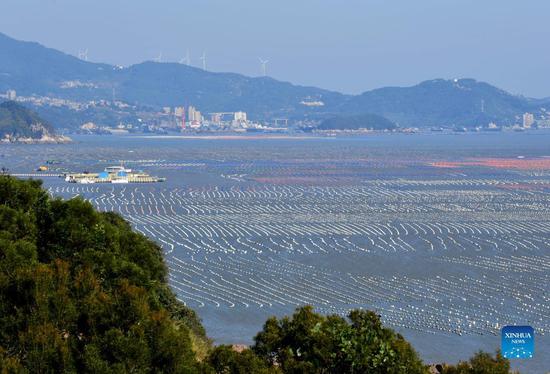
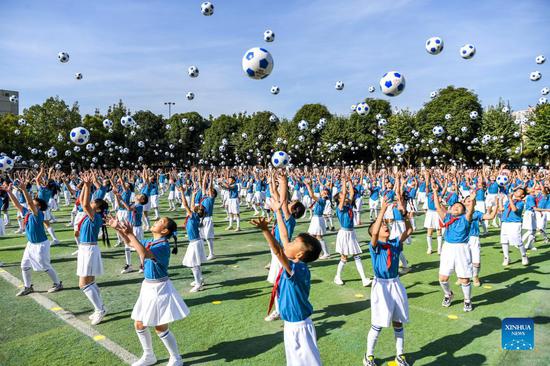
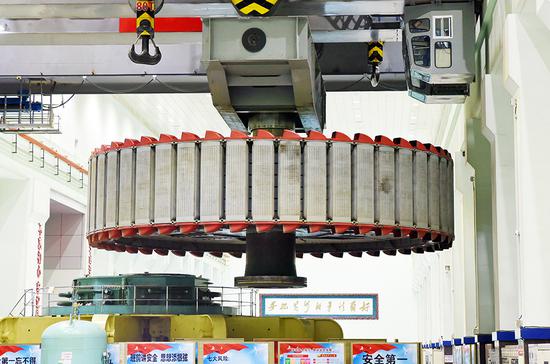
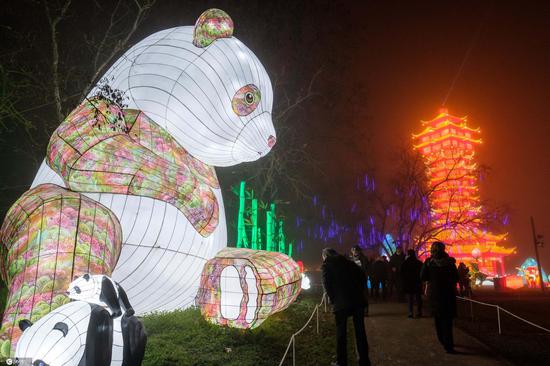
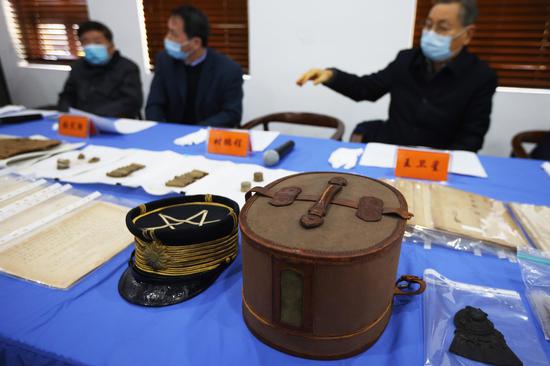
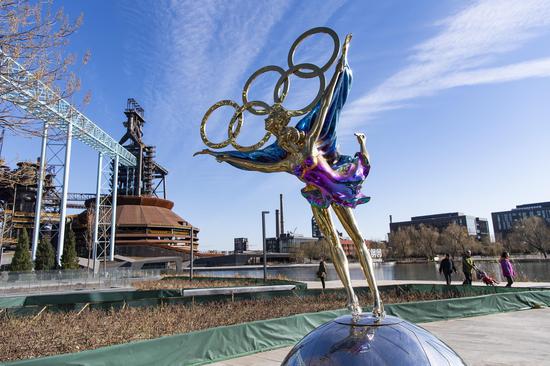










 京公网安备 11010202009201号
京公网安备 11010202009201号